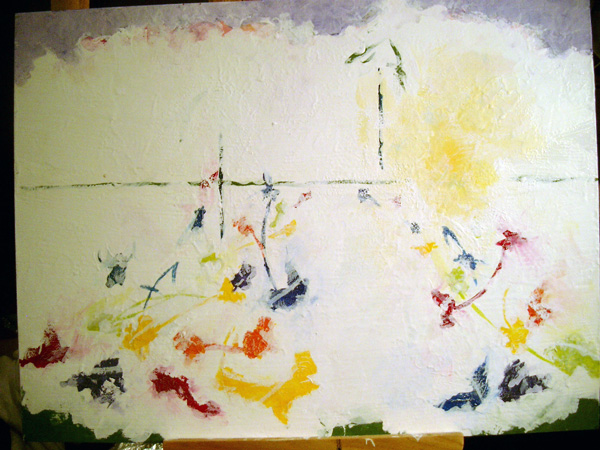Lichtenbergian Goal #2: restart the 24-Hour Challenge.
The 24-Hour Challenge was my solution to the psychological/artistic impasse I found myself in after I abandoned the Symphony. For a long time I was unable to write anything, and the Challenge allowed me to get back into the groove without the pressure of having to write anything that had to be completed. Or even any good.
Essentially I used my readers as a randomizer: you emailed me three numbers, which I used to find a line of poetry in one of five books I had selected for the purpose. Once I posted a selection on the blog, I had till midnight of the following day to set the line(s) to music for baritone voice and piano or string quartet.
The complete rules can be found here. Do not send me numbers. I’m not ready for them yet.
As a project, it was really successful. I was able to spit out eleven fragments of varying quality. Some were really good, others not so much. It didn’t matter. What mattered was that I was churning out notes and learning more every time I did it.
Creativity being the bitch that it is, of course I was able to see putting some of the fragments to use. In fact, part of the therapy of the thing was that every time I felt the tug to complete one of these shards, I could quite honestly tell myself to stop it. Abandon it. Get it up on the blog and move on.
Still, I was able to take one of my favorites and turn it into this summer’s Waltz for string quartet and bassoon. So the project was not only cathartic, but productive.
I missed it when I had to stop because of the pressures of GHP, but somehow I never found the time or focus to pick it back up, despite the fact that I have three sticky notes that have been stuck to the bottom of my monitor since May, waiting for me to put them out there.
Now I want to force myself to get back to work. I still don’t have any real pieces in my head battling to get out, so I might as well go back to churning out the trivial little fragments. It kept me busy, and it kept me exploring styles, harmonies, compositional strategies. I found myself getting bolder and bolder in what I would try, because it didn’t matter. It was my own private composition class.
Finally, I think it delighted people to see what I would do with “their” fragment. There was always an audience of at least one for these bagatelles, and that’s got to count for something! So as soon as next week, perhaps, look for the series to continue with #11, a verse from a snarky poem by Horace, from Mike Mathis.
Then, and only then, can you start bombarding me with new sets of numbers. Thank you.




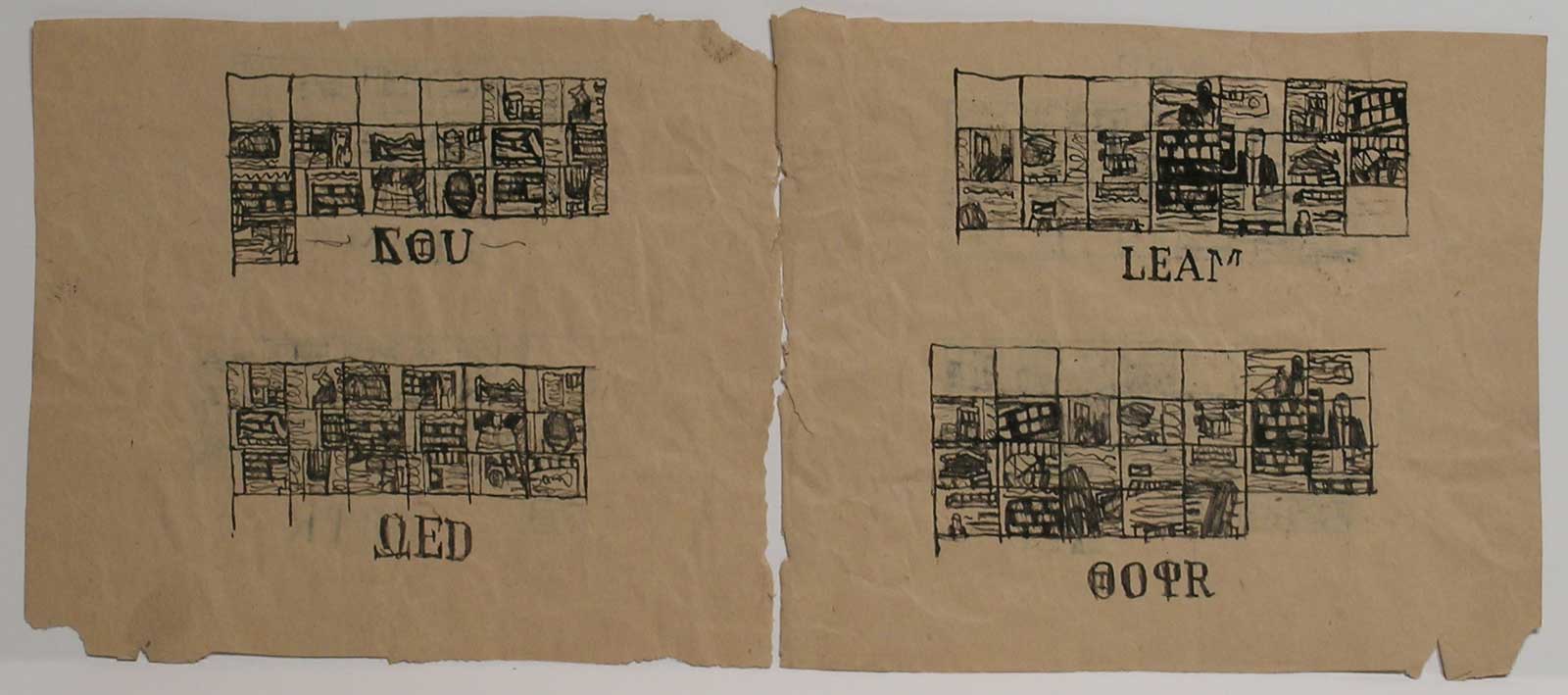
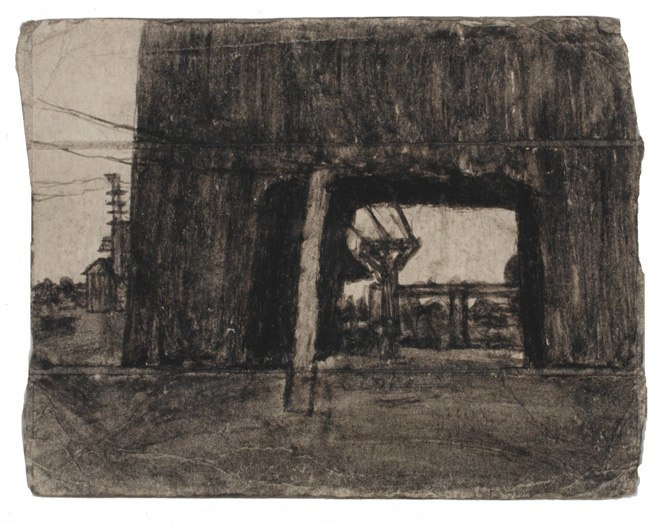



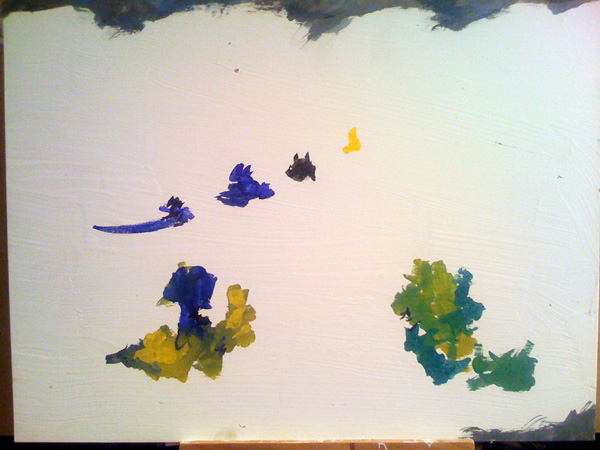
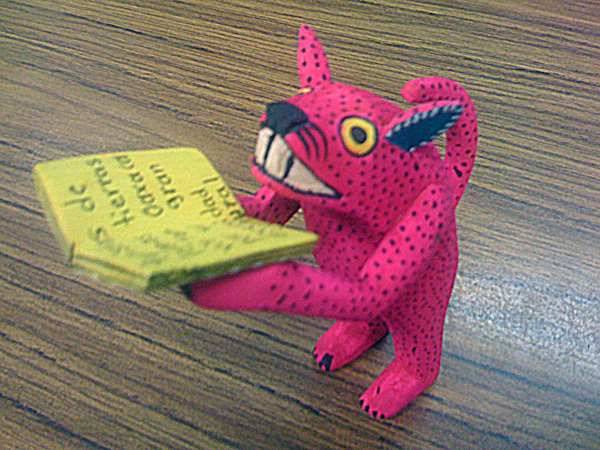 Look at this little guy? Isn’t he cute?
Look at this little guy? Isn’t he cute? Anyway, all of the animals are reading books. There were dogs and zebras and elephants and lions and mermaids and nearly everything you could think of. My favorite was a large cat, about fifteen inches long, with a rat dangling from its mouth, and the rat was reading a book. Of course, a figura that size is very expensive, about $200. None of them were cheap.
Anyway, all of the animals are reading books. There were dogs and zebras and elephants and lions and mermaids and nearly everything you could think of. My favorite was a large cat, about fifteen inches long, with a rat dangling from its mouth, and the rat was reading a book. Of course, a figura that size is very expensive, about $200. None of them were cheap.
